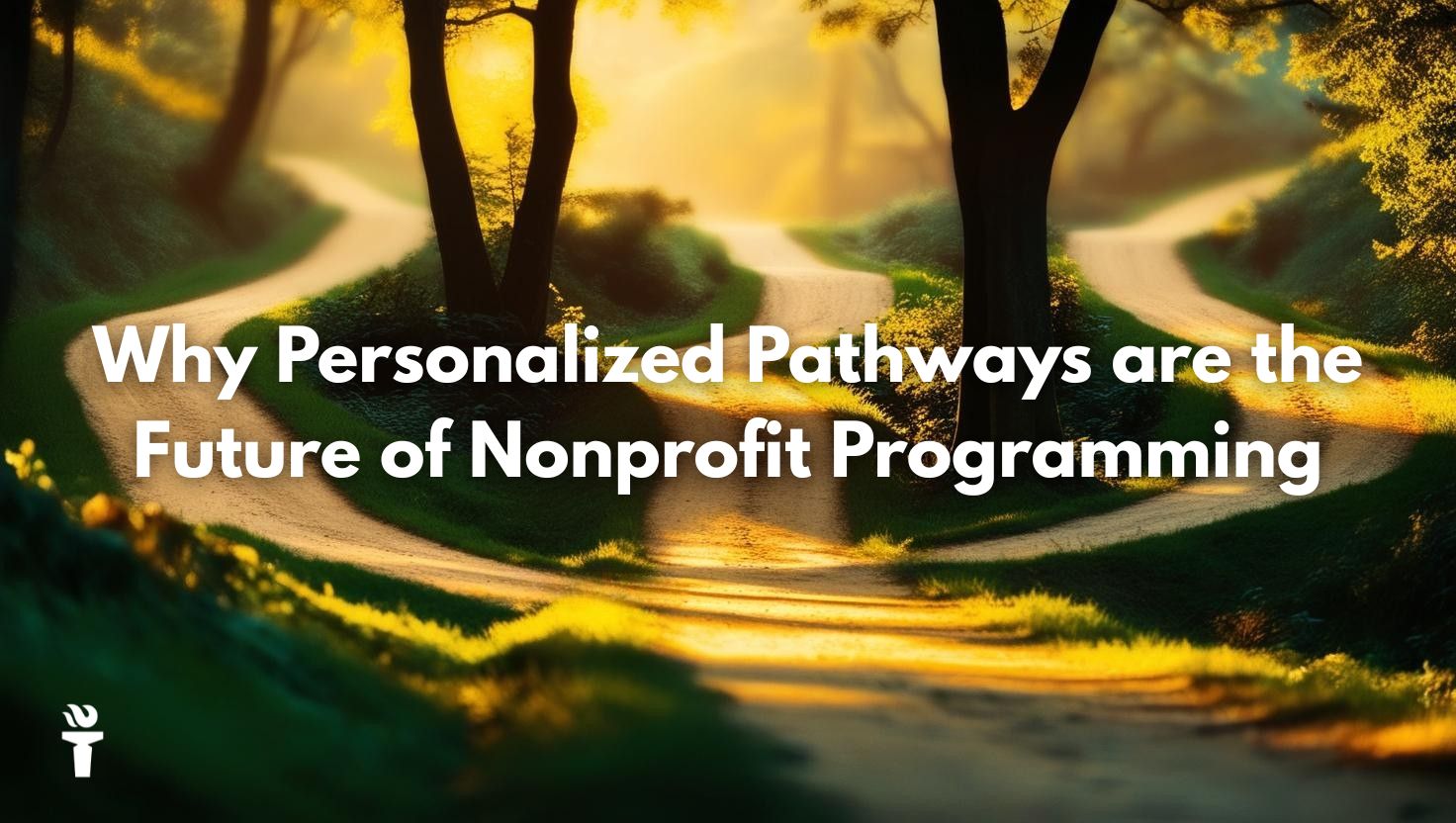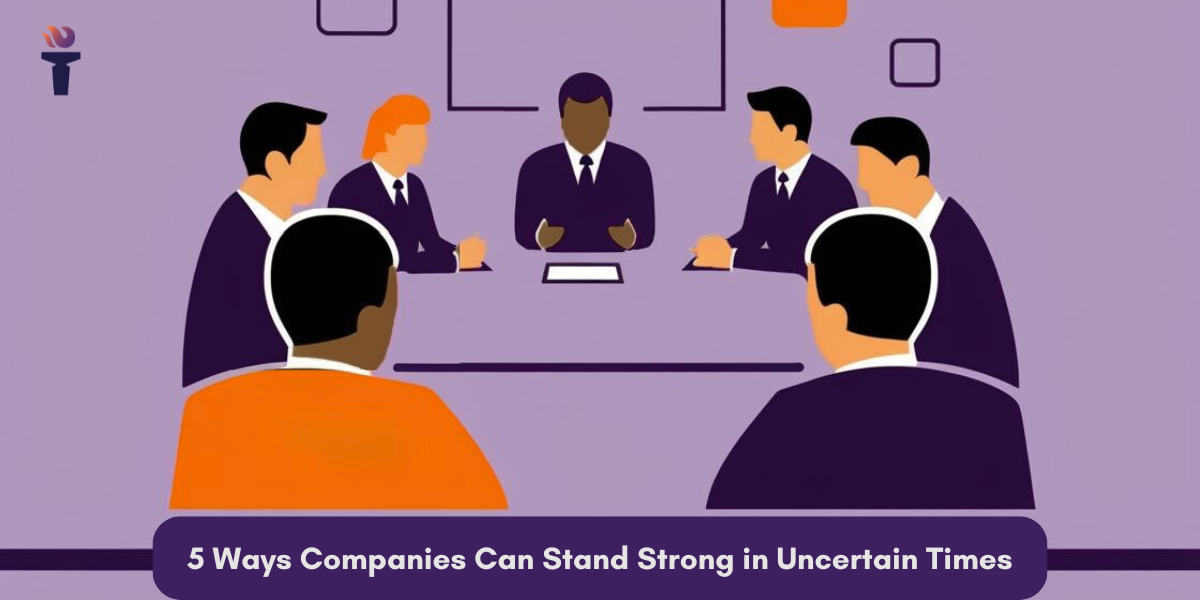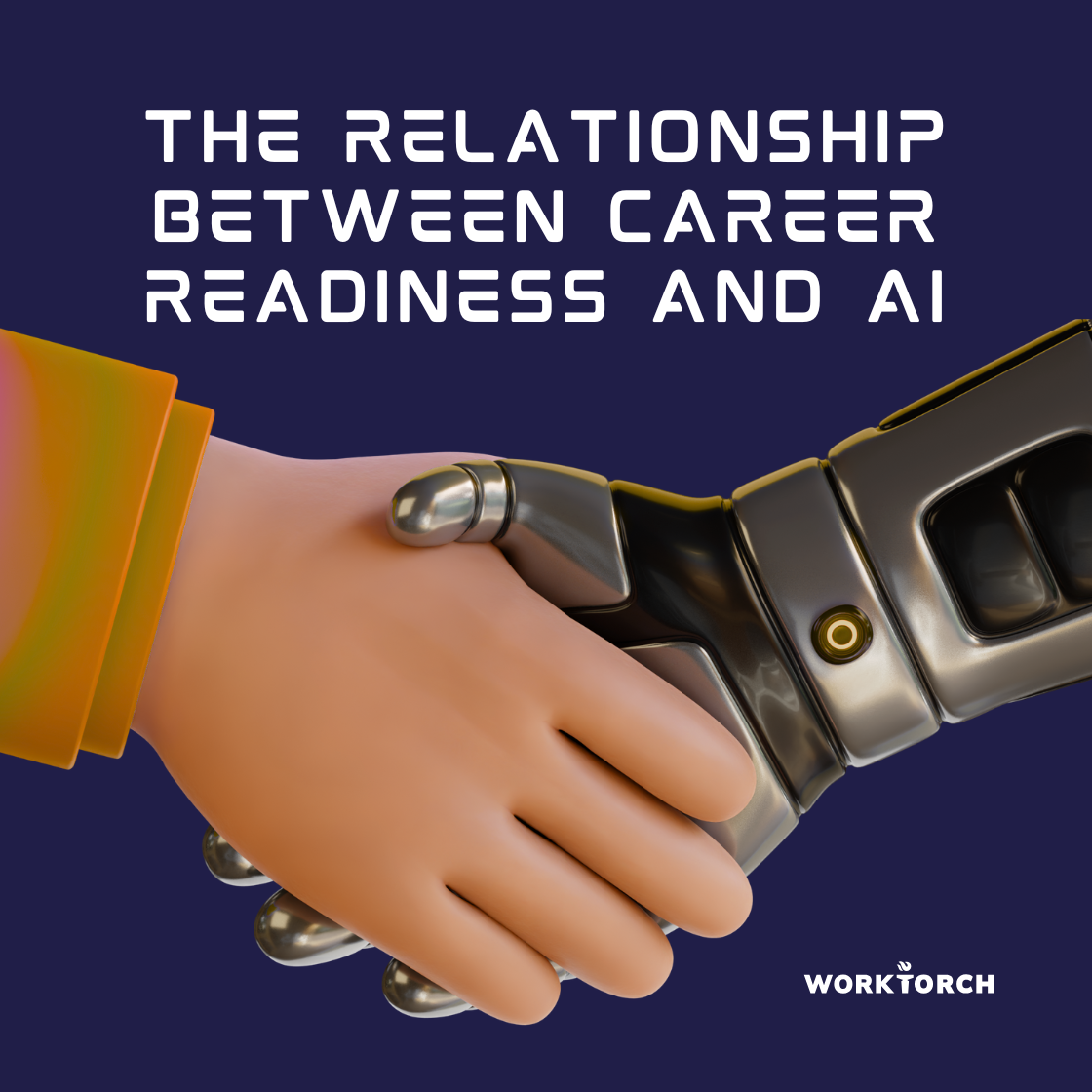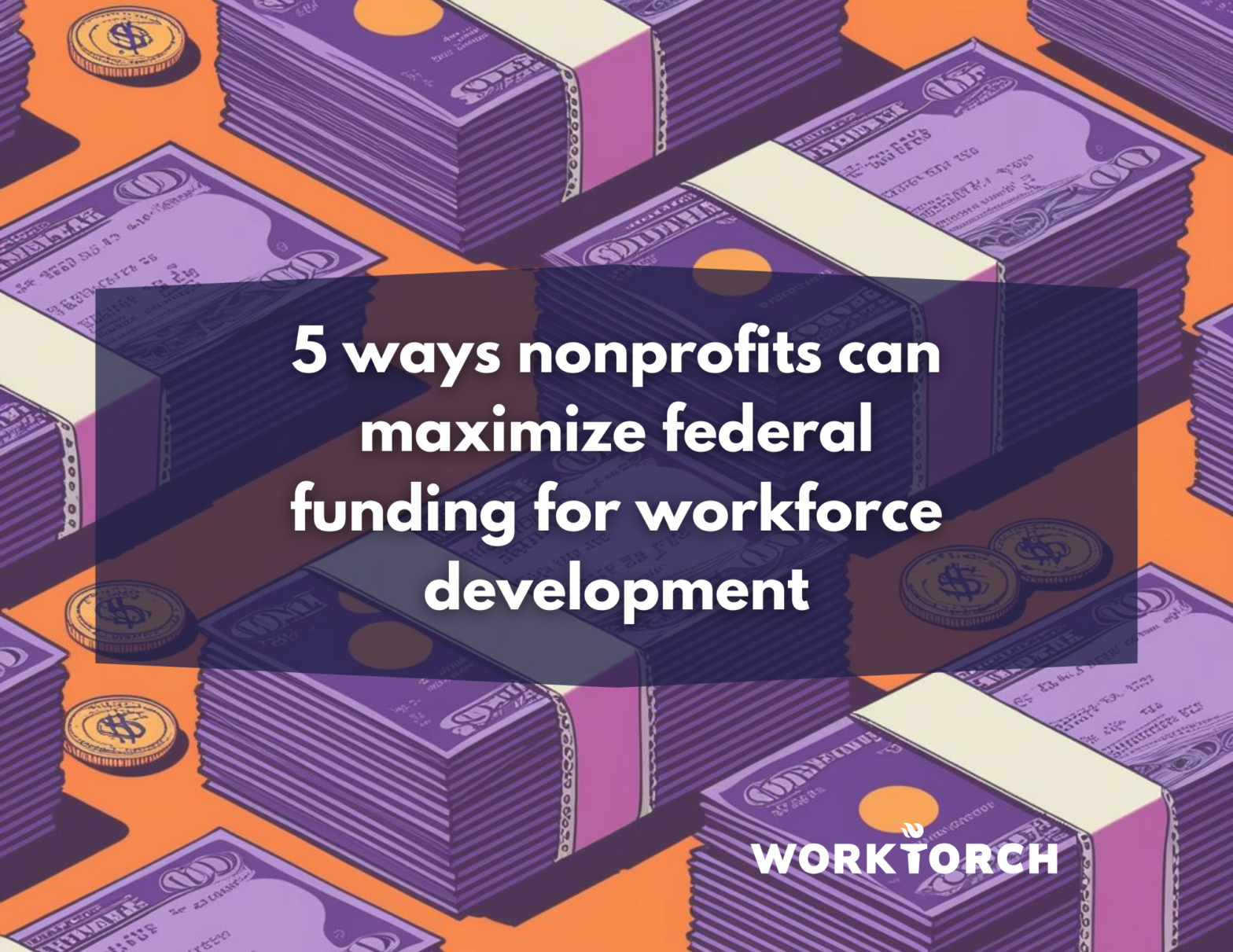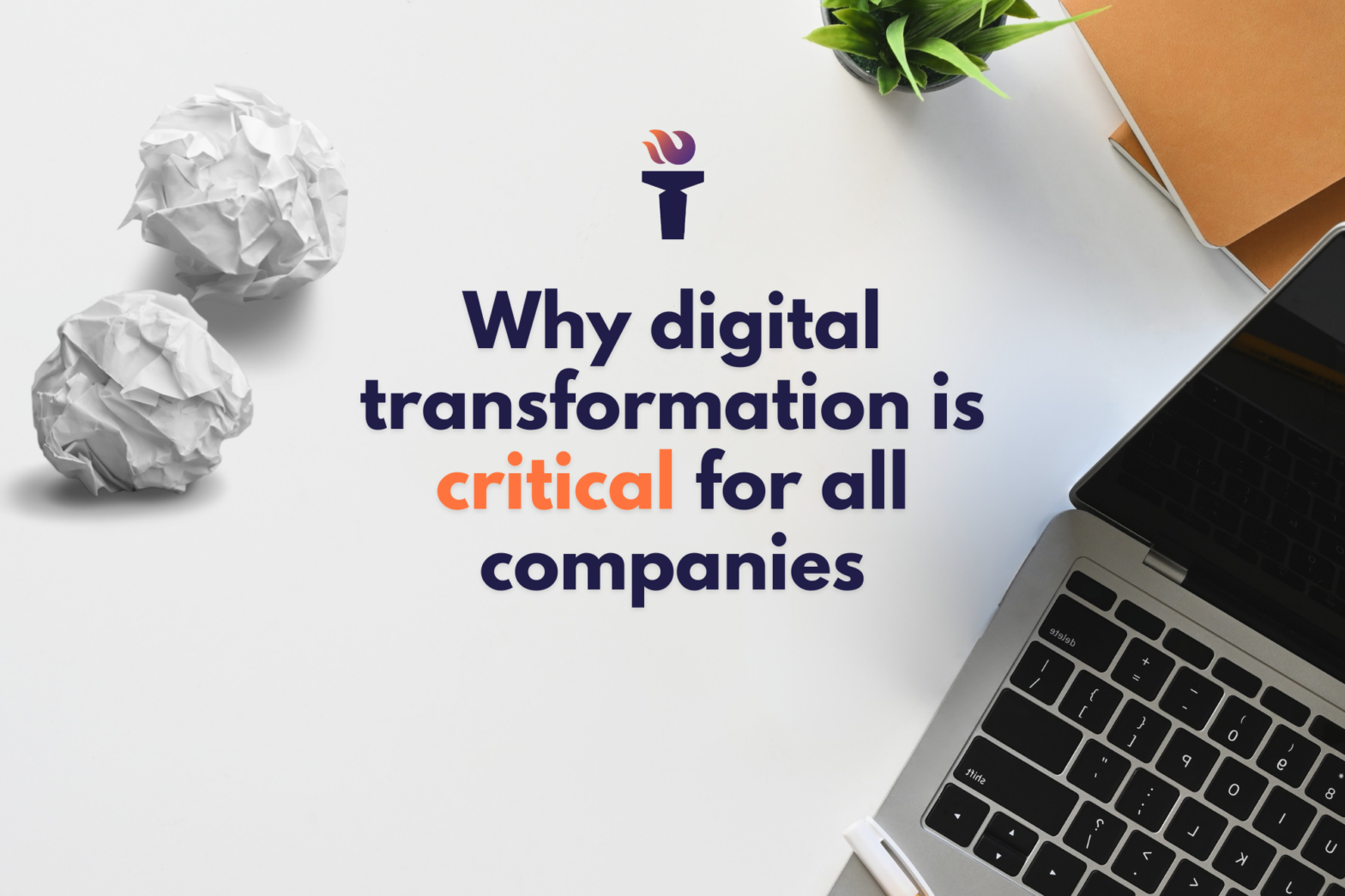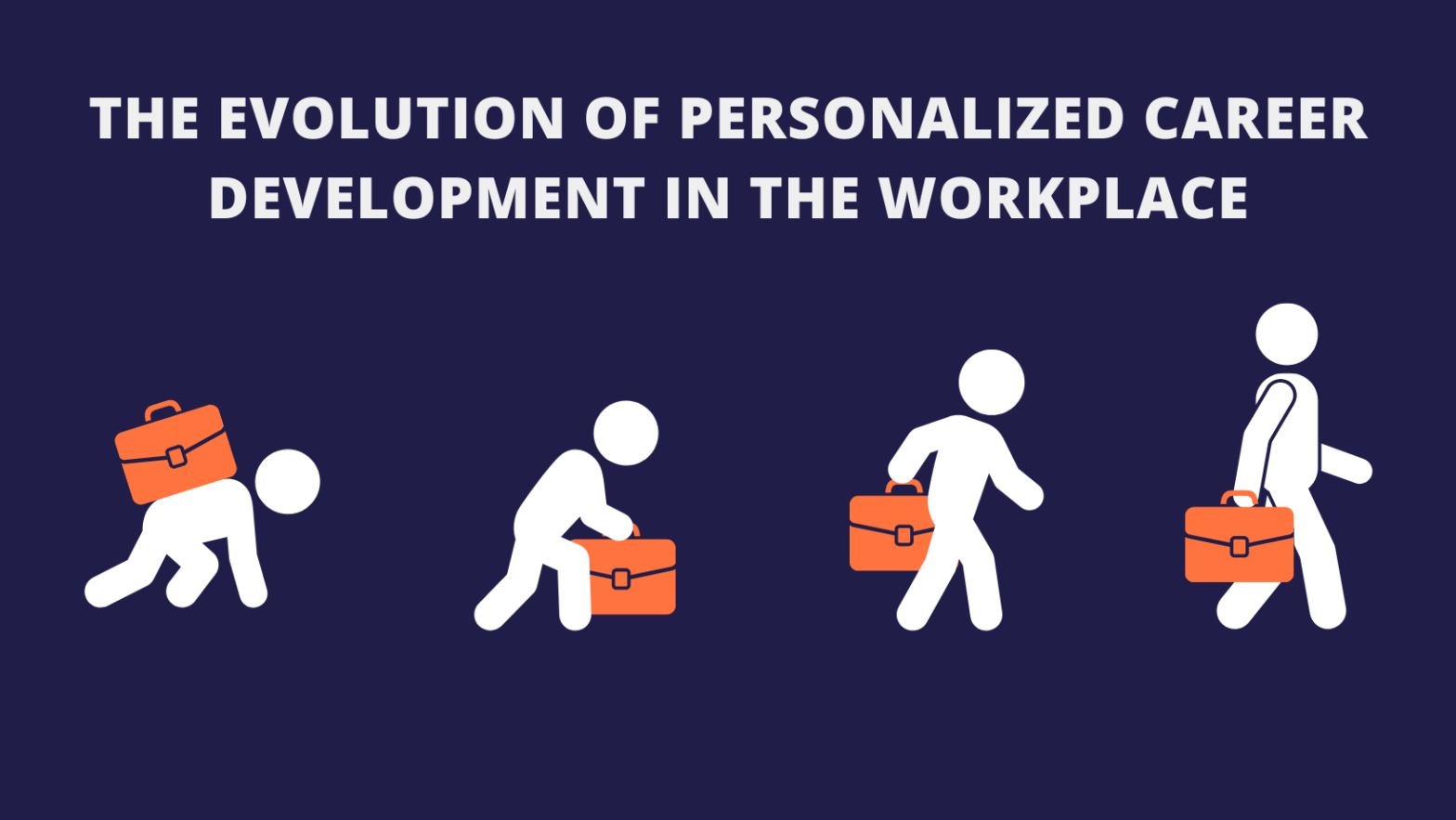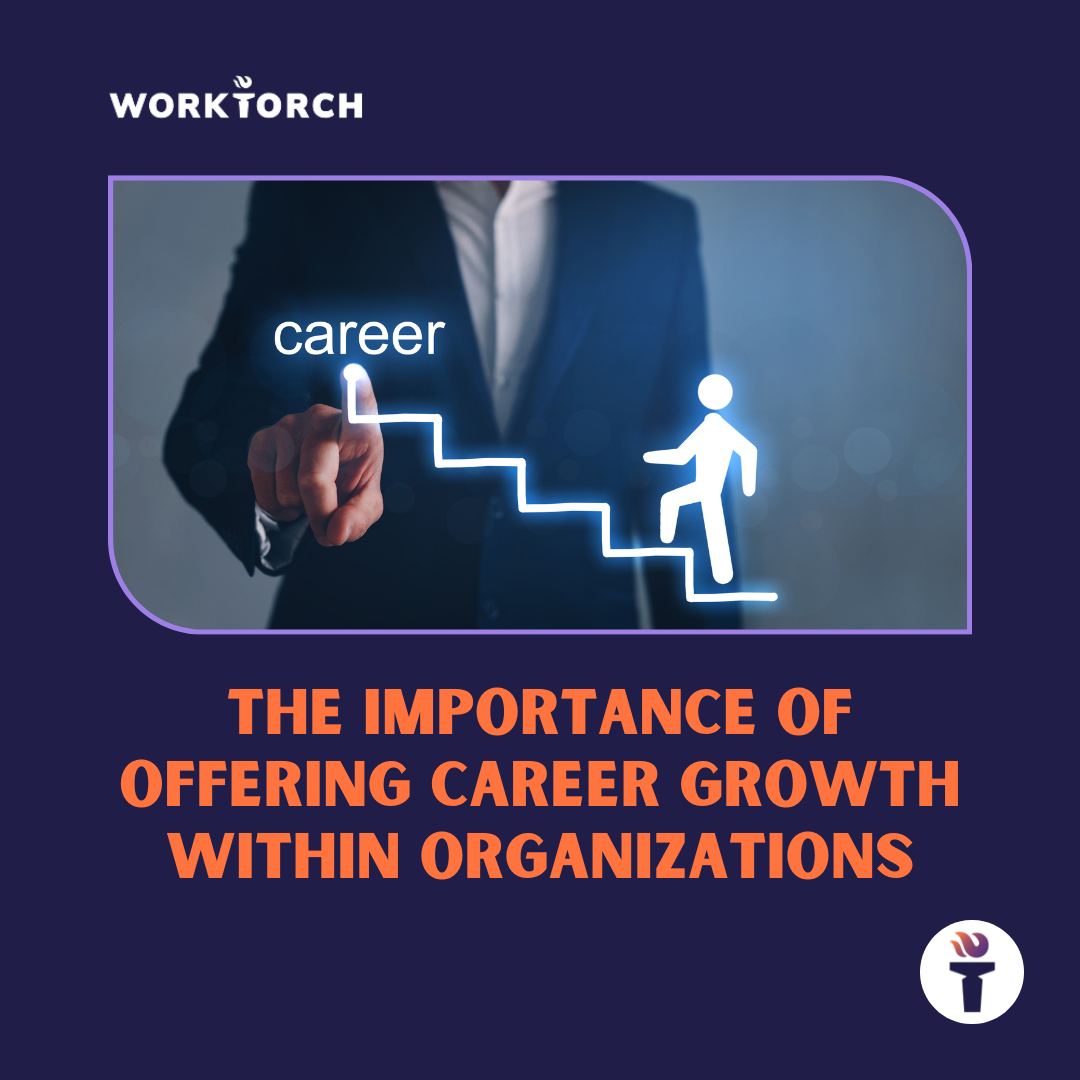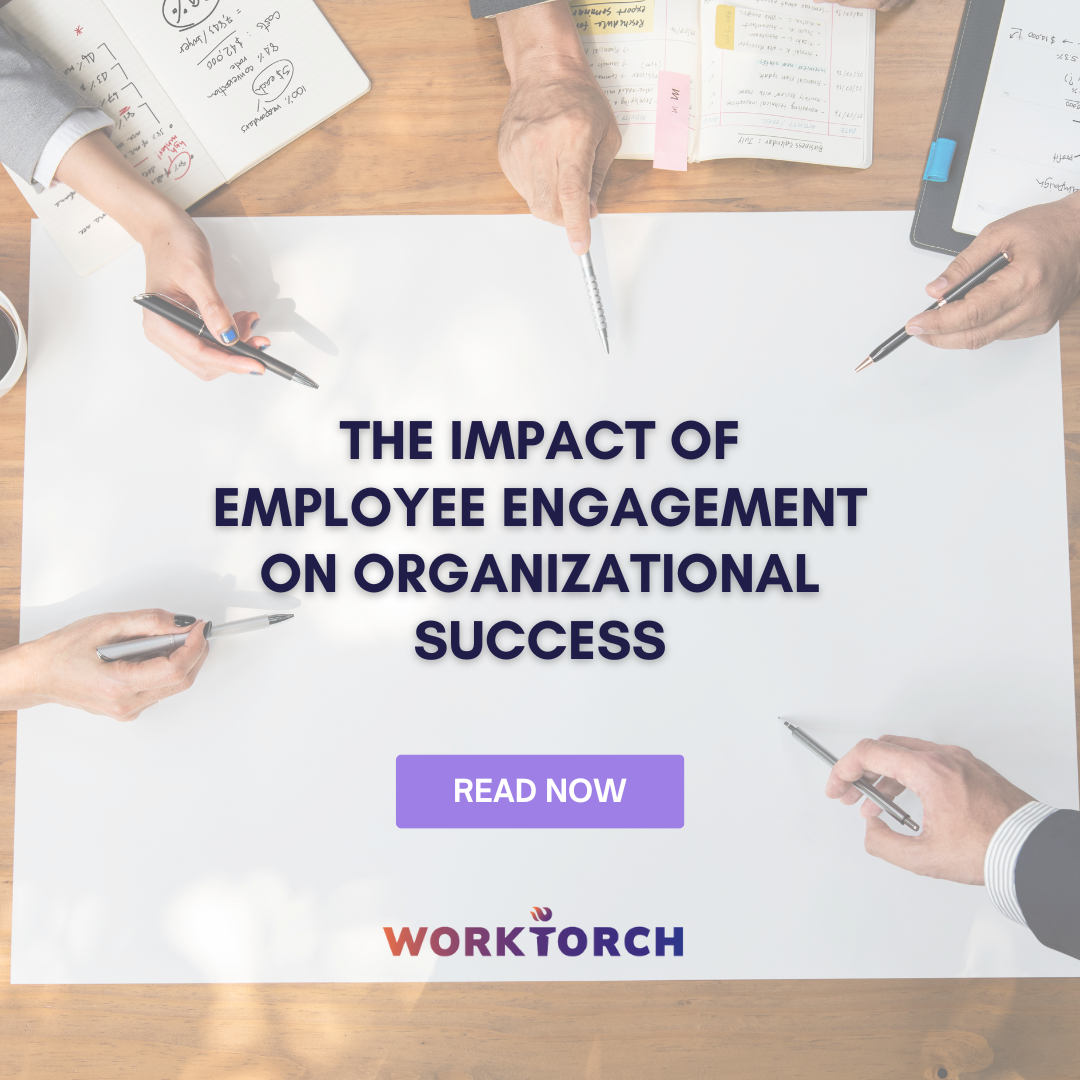Nonprofits do some of the most critical work in our communities—from supporting underserved youth to helping individuals reenter the workforce, access housing, or develop life skills. But this work comes with complexity: no two participants are alike, no two goals are the same, and no two success stories follow the same path. So why should your programming?
Author: Jessica Howard
5 ways companies can stand strong in uncertain times
Many companies are no strangers to uncertainty, but today’s challenges feel more pressing than ever. With budget cuts, shifting policies, and economic instability, many organizations are being forced to rethink how they operate and sustain their impact.
The reality? Funding is tightening, but the need for services is growing. Organizations that adapt, innovate, and strengthen their foundations will not only survive these turbulent times—but emerge stronger.
Here are five ways companies can stand strong despite uncertainty and continue making a difference.
The Relationship Between Career Readiness and AI
Artificial intelligence (AI) is transforming the way we work, learn, and prepare for careers. As industries evolve, so do the skills required to thrive in them—making career readiness more critical than ever. The challenge? Traditional career development models haven’t kept pace with the rapid changes in technology.
AI isn’t just automating jobs—it’s also enhancing career pathways, personalizing learning experiences, and helping individuals make better career choices. Whether you’re a nonprofit supporting workforce development, an educator guiding students, or a professional navigating career growth, understanding AI’s role in career readiness is key to staying ahead.
5 Ways nonprofits can maximize federal funding for workforce development
Securing federal funding can be a game-changer for nonprofits focused on workforce development. Grants and funding programs provide the resources needed to train, upskill, and connect individuals with meaningful career opportunities. However, accessing and effectively using these funds requires strategic planning.
Here are five ways nonprofits can maximize federal funding to drive workforce success—plus how WorkTorch can help.
Why Digital Transformation Is Critical for all Companies
Nonprofits exist to serve communities, create opportunities, and change lives—but outdated processes often stand in the way. Many organizations still rely on manual data entry, paper-based tracking, and disconnected systems, making it harder to measure impact and operate efficiently.
How AI is Affecting Nonprofits and Schools
Artificial Intelligence (AI) is reshaping nearly every industry, and nonprofits and educational institutions are no exception. From streamlining administrative tasks to enhancing impact measurement, AI is transforming how mission-driven organizations operate. While some may fear AI will replace human jobs, the reality is quite the opposite—AI is empowering teams to work smarter, not harder.
Navigating the shift to remote work in the modern business landscape.
COVID had one of the biggest impacts on our world in modern day history. One of the biggest impacts is how and where people work. When people were forced to shelter in place, the economy had to keep moving. Which meant employers had to become flexible on where their employees worked. While some companies have since gone back to in-person work, many employers have opted to continue remote work optionality. Advances in technology has allowed companies to continue to operate, at times even more efficiently, with remote work environments. As businesses adapt to this new normal, it’s crucial to navigate the challenges and opportunities that come with this paradigm shift.
The evolution of personalized career development in the workplace
Studies show that employees today are looking for more than just a good salary. Today’s employees are seeking personalized and dynamic approaches to nurture their professional growth. This means that employers can no longer rely on a one-size-fits-all model. We are in an era where employers must build plans based on the diverse skills, aspirations, and preferences employees bring to the table.
The importance of offering career growth within organizations
The talent marketplace has evolved substantially over time. While pay and incentives remain an important driver for job seekers, more and more people are seeking an organization that prioritizes investing in the career growth of their employees. Organizations that are strategic understand the significance of fostering an environment that encourages continuous learning, skill enhancement, and upward mobility. In this blog, we’ll explore different reasons why offering career growth is not just beneficial but essential for both employees and the overall success of the company.
The impact of employee engagement on organizational success
Contrary to popular belief, employee engagement is the lifeblood of any organization. Whether or not employees are engaged can directly impact the success and sustainability of your business. Understanding and fostering employee engagement can help you better attract and retain top talent in today’s challenging market. Let’s explore the different ways employee engagement can impact organizational success.
